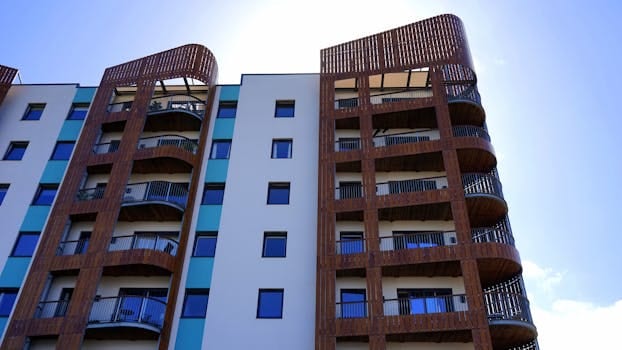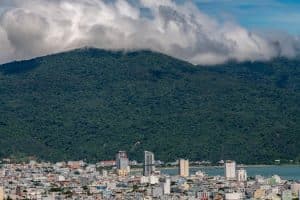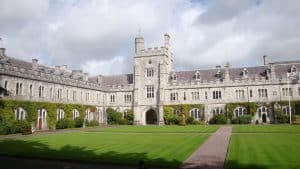The New Urban Exodus: How Second-Tier Cities Are Winning
The COVID-19 pandemic has drastically changed the way we live and work. With remote work becoming the new norm, many people are choosing to leave bustling cities for quieter, more affordable second-tier cities. This trend has been dubbed the “New Urban Exodus,” and it’s causing a major shift in the housing market and economy.
The Rise of the Second-Tier City
Second-tier cities, also known as “non-primary cities,” are urban areas that are smaller than major cities like New York or Los Angeles. They may not have as much name recognition, but they offer a high quality of life at a lower cost. These cities are typically located near major metropolitan areas, making them easily accessible for those who still want to visit the big city from time to time.
Before the pandemic, second-tier cities often struggled to attract and retain talent. Many young professionals and families flocked to major cities for job opportunities and a faster-paced lifestyle. However, with remote work becoming more prevalent, people are realizing they can have the best of both worlds in a second-tier city.
The Benefits of Second-Tier Cities
One of the main benefits of second-tier cities is affordability. Housing prices in major cities have skyrocketed in recent years, making it nearly impossible for many to afford to live there. In contrast, second-tier cities offer more affordable housing options, often with larger living spaces and lower living costs.
Additionally, second-tier cities often have a lower cost of living overall. Groceries, leisure activities, and transportation tend to be more budget-friendly compared to major cities. This can greatly improve the quality of life for those seeking more financial stability.
Another major draw of second-tier cities is the sense of community and connection. In small cities, it’s easier to form meaningful relationships and get involved in the community. This can lead to a higher sense of belonging and well-being.
The Impact on the Economy
As more people move to second-tier cities, there has been a noticeable impact on the local economy. The influx of new residents has led to an increase in job opportunities, particularly in the tech and creative industries. This, along with the lower cost of living, has attracted even more people to these cities.
The local real estate market has also experienced a significant boost. As demand for housing increases, prices are rising and properties are selling quickly. This has created a seller’s market, with many homes being sold above asking price.
The Importance of SEO in Promoting Second-Tier Cities
With the rise of the New Urban Exodus, it’s important for second-tier cities to take advantage of SEO to promote themselves and attract new residents. By implementing SEO strategies, these cities can improve their online presence and reach potential residents before they even make the move.
Local SEO, in particular, can be highly effective in targeting those who are actively looking to relocate. By optimizing websites and business listings for specific keywords and location-based searches, second-tier cities can increase their visibility and attract more interest from potential residents.
In Conclusion
The New Urban Exodus is just one example of how the pandemic has reshaped our lives and priorities. As people continue to seek out more affordable, community-oriented lifestyles, second-tier cities are poised to thrive. With the help of SEO and a strong online presence, these cities can market themselves as attractive alternatives to major cities and draw in new residents looking for a change of scenery.









